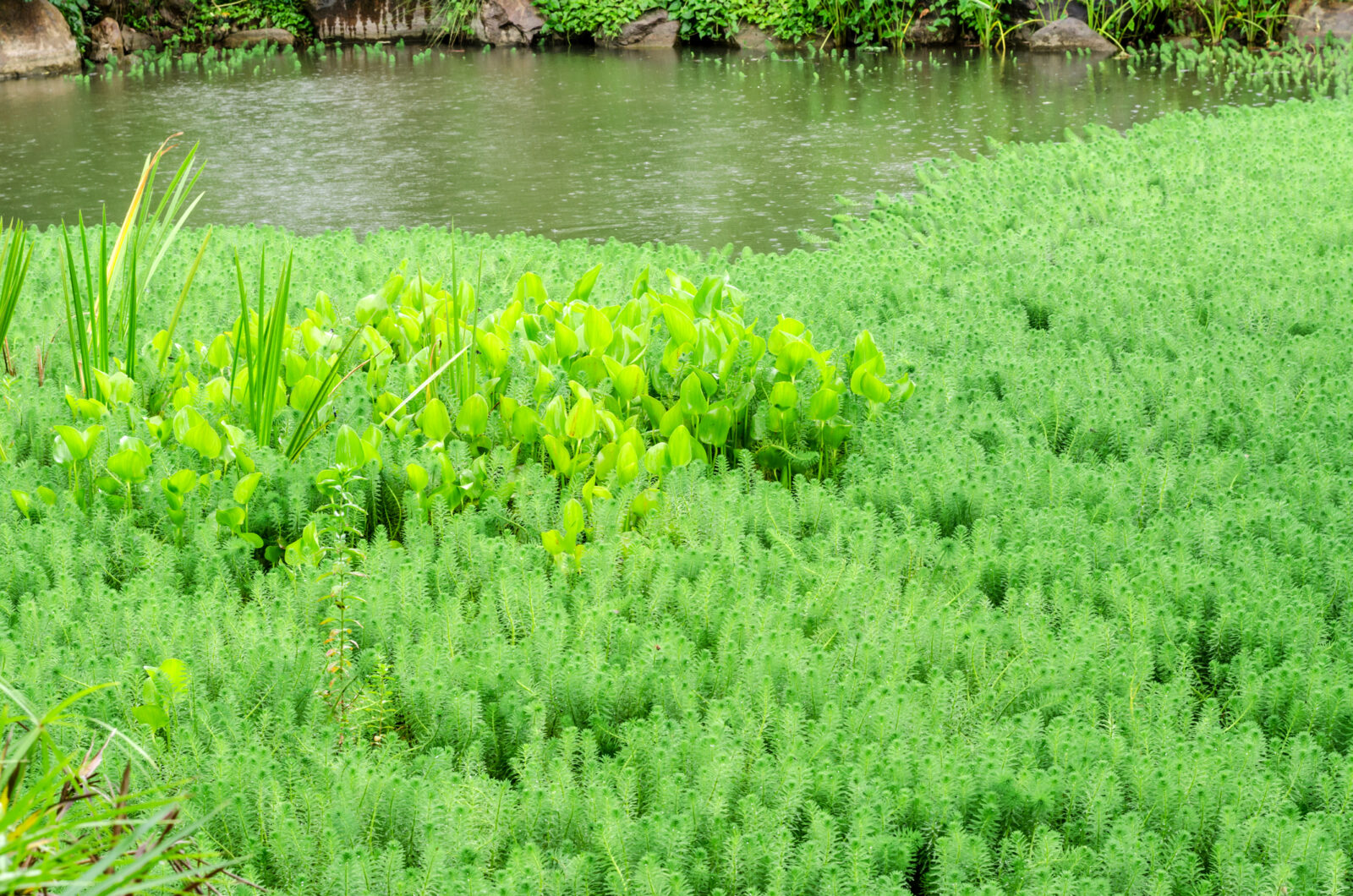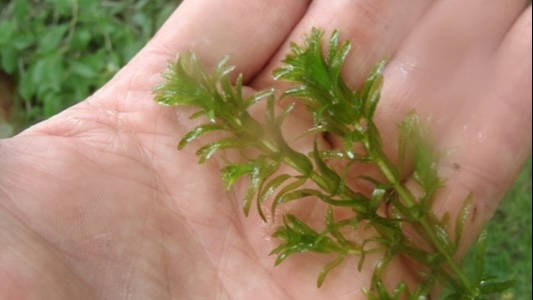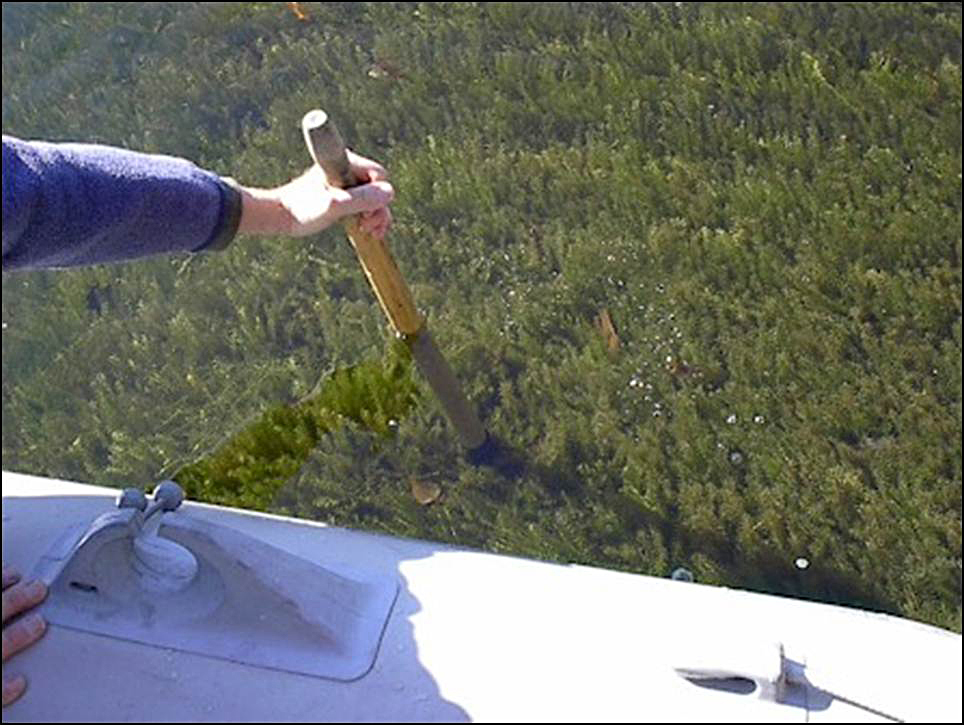

If you live anywhere in the Chesapeake Bay watershed or the southeastern United States, you have probably heard of the invasive aquatic weed hydrilla (Hydrilla verticillata). Hydrilla is native to Asia, but has spread to every continent except Antarctica. It was originally found in the U.S. in Florida in 1959, and has been continually spreading northward and westward throughout the country. Hydrilla has now been found in 31 states, including all four corners of the U.S. (Florida, Maine, Washington, and California).
Until very recently, hydrilla was not an issue for most of the northeastern United States. However, in the past few years it has been found in several locations in New York, Connecticut, Massachusetts and Maine. Because the use of aquatic herbicides is very strictly regulated in these states, pond and lake owners and managers are extremely concerned about the threat of more extensive invasion. Hydrilla is becoming a “household name” throughout the U.S., even for people outside of the lake management industry.
The Impact Hydrilla Has On Aquatic Ecosystems
Hydrilla plants are highly adapted to colonizing new areas, and rapidly form a monoculture that replaces native plants. Hydrilla’s unique physiological and reproductive traits have earned it the dubious titles, “The Perfect Aquatic Weed” and “The Kudzu of Water.” In waterbodies where hydrilla becomes established, it causes ecological damage, economic hardships, and impaired water use. Hydrilla can interfere with drainage and irrigation canals, reduce recreational activities such as fishing, boating and swimming, and interfere with public water supplies.

Types of Hydrilla
If you own a pond or lake, please become familiar with the appearance of hydrilla and keep a close eye out for it. We sincerely hope that you will never see it, but it is on the move and could be headed your way!!









